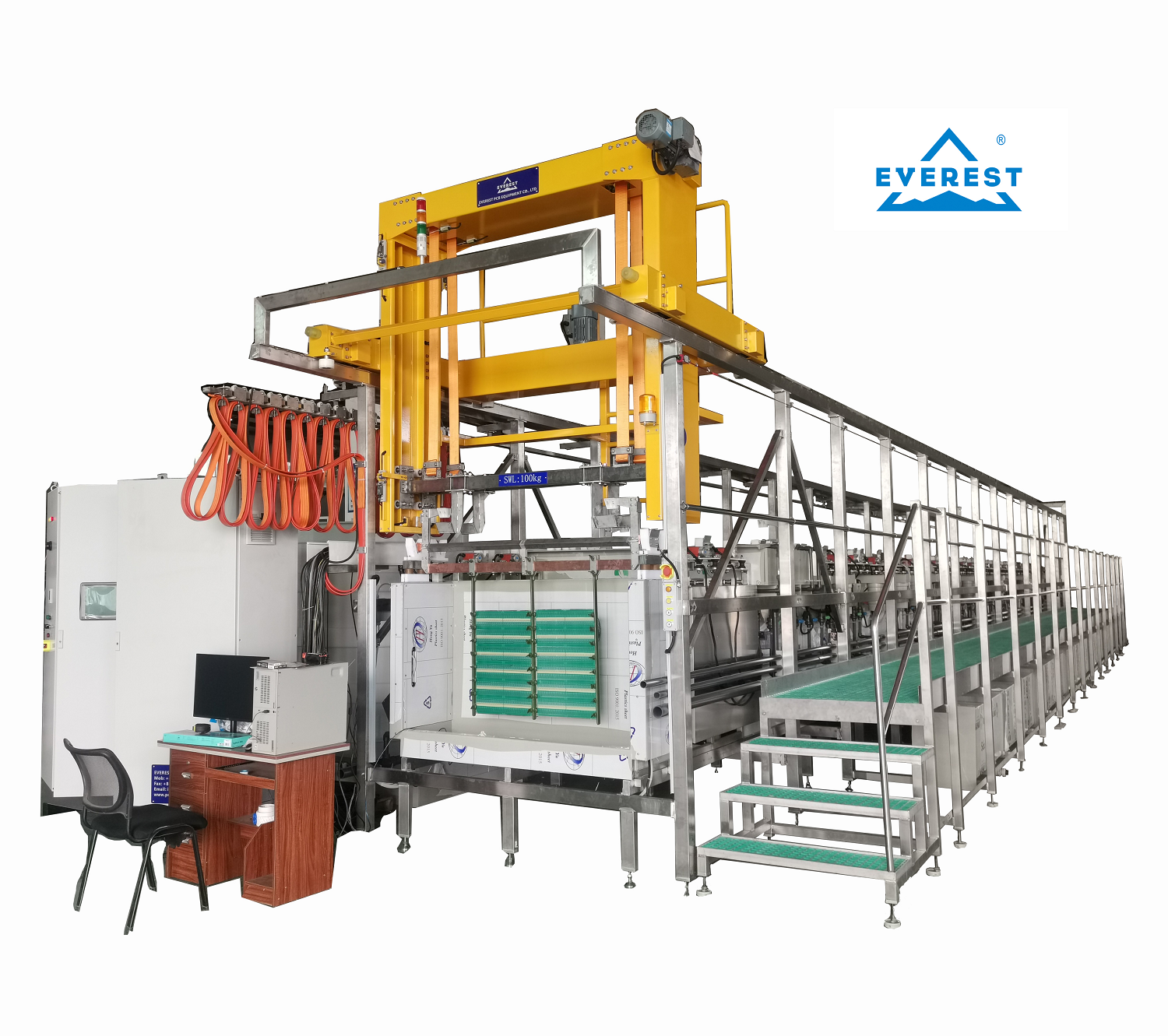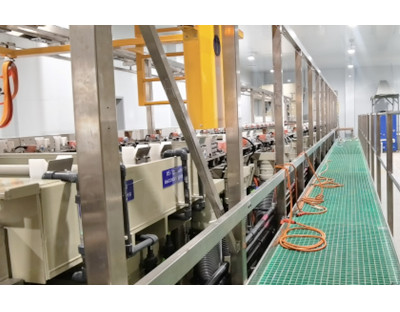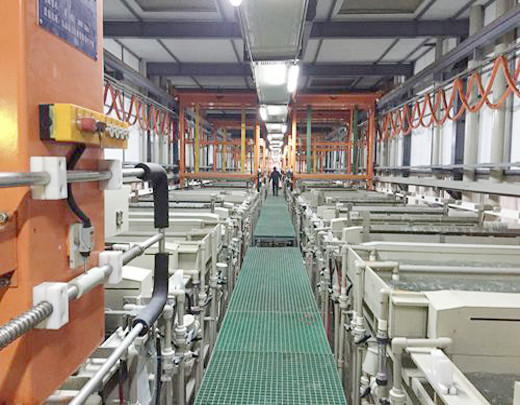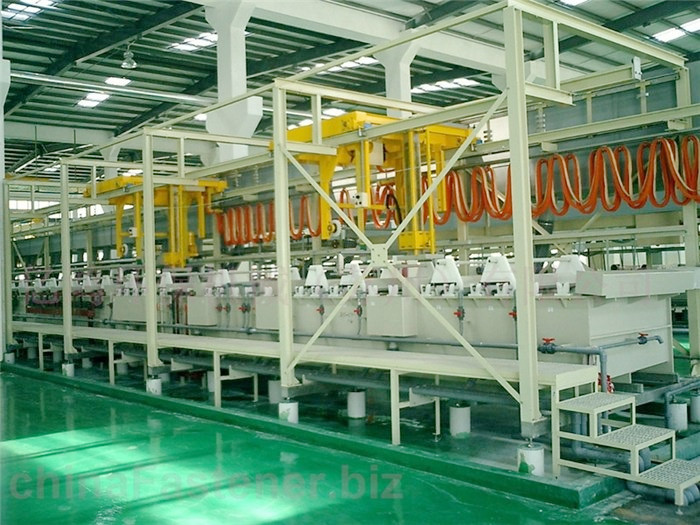There are many factors that cause poor adhesion of zincate zinc coating, but the following five situations are more common.
(1) Excessive addition of additives. The brightness of the zincate zinc plating layer is slightly lower than that of the potassium chloride zinc plating layer. Some people believe that adding more brighteners can compensate. As a result, the coating not only fails to achieve the expected goal, but also has a serious impact on the adhesion of the coating.
The solution is to dilute and adjust the composition of the solution; Usually, it is necessary to add less and more frequently.
(2) The workpiece stays in the plating bath for too long before plating. Some people believe that the zincate zinc plating solution is alkaline. The pre treated workpiece is hung in the plating bath, and then sent to the electricity for plating after it has gathered in one bath. This way, the workpiece is prone to passivation, which affects the adhesion of the coating.
The solution is to avoid the workpiece staying in the groove for too long.
(3) The coating is too thick. If the coating is too thick, the internal stress and brittleness of the coating increase, and bubbles and peeling appear on the coating at the edge of the workpiece.
The solution is to control the coating thickness within 20um.
(4) Oil stains float on the surface of the plating solution. After the workpiece enters the groove, it is surrounded by oil stains on the surface of the plating solution and dirt composed of the decomposition products of the brightener. This can cause peeling of the coating.
The solution is to use a thick layer of toilet paper to remove the floating oil at any time. After the workpiece enters the groove, shake it a few times in the plating solution to remove the oil stains adsorbed on the surface of the workpiece.
(5) The workpiece is not completely degreased. Some people believe that zincate zinc plating is alkaline and must have the ability to remove oil, and the pre-treatment can be a bit sloppy. Although the plating solution is alkaline, when the workpiece with oil stains enters the groove, zinc ions are discharged and precipitated before it reacts with alkaline substances, and the zinc layer is deposited on a thin oil film, reducing the binding force.
The solution is to strengthen the pre-treatment process.








 Mar. 07, 2022
Mar. 07, 2022 





